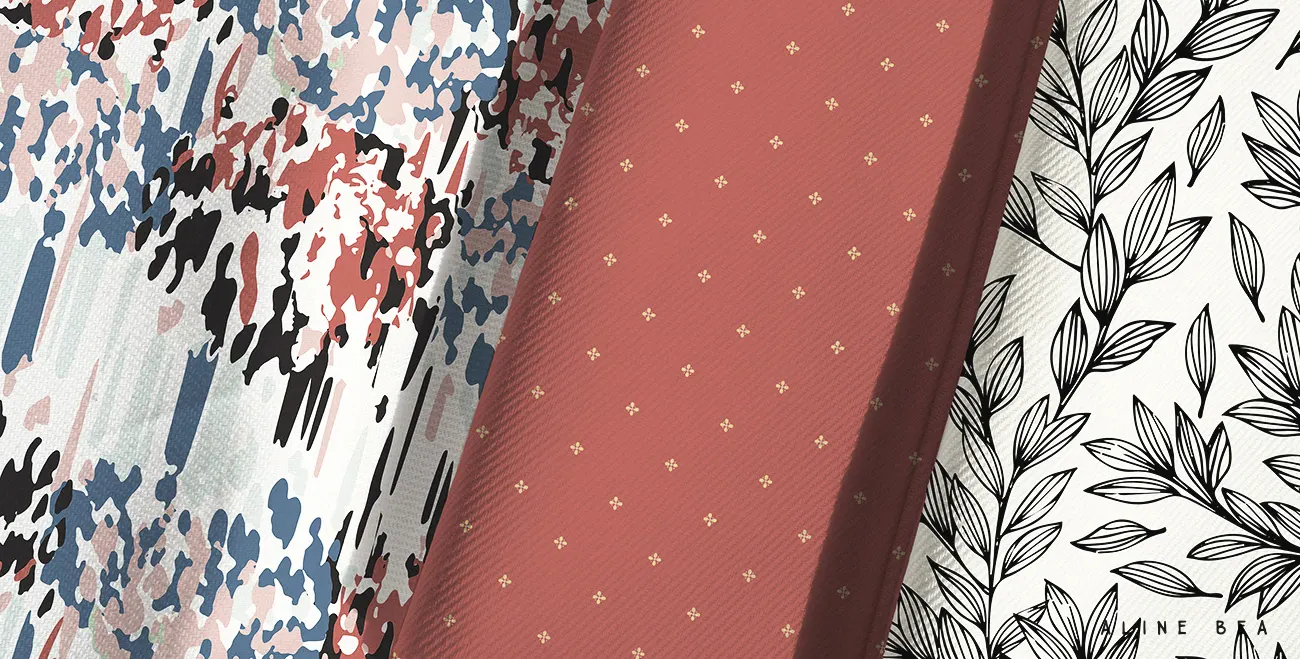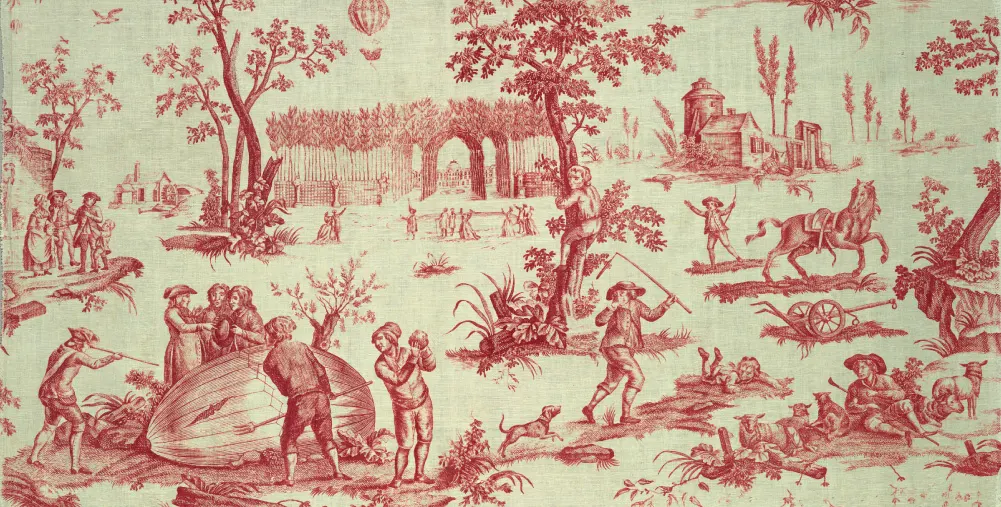
24 Oct What is Surface Design?
Never heard of it? Is that a thing someone can live from? Well, I was making those questions myself just a few months ago and now look at me! Completely in love with this inspiring “new” thing.
The funny thing is that I bet you’ve been living around it your whole life, you’ve been buying it, you’ve been appreciating it – you know what it is, you just don’t know it by name. Just look around, are there any pillows with an artwork, illustration, or anything else rather than just color on it? A mug, a glass, any kitchenware that has any sort of drawing on it? Or that notebook you bought because the cover was too cute, and you couldn’t resist. Your own clothes, your socks, your underwear, do they have a nice print, a pattern, or colorful details on them? The box of the body lotion you bought, was there any sort of sketch or artwork on it? You see my point? It’s everywhere.
For me it was an A-HA moment when I discovered it and I’m still learning about it every day. I’m not an expert, but I’m happy to share with you the simplest and clearest definition I could find:
“Surface Design is often described as the development of prints and patterns that can be applied to any surface.” (1)
That’s it. Imagine a surface, any surface, from objects, clothes and everything made of fabric, to furniture, walls, packages, you name it. If it has any sort of print or pattern on, someone designed it, and the art of doing so is called Surface Design.
Now, if you feel like going deeper, you may want to look for specific definitions in different industries. For instance, looking for Surface Design in the Textile Industry you will find that even the processes of coloring and structuring fabric and fibers are considered Surface Design, thus, the work of a surface designer.
“Surface Design encompasses the coloring, patterning, and structuring of fiber and fabric. This involves creative exploration of processes such as dyeing, painting, printing, stitching, embellishing, quilting, weaving, knitting, felting, and papermaking.” (2)
Or we can go wider with Julie Booth: “I define Surface Design as any technique that manipulates or changes the surface of a fabric. This would include: painting, dyeing, printing/stamping, stenciling, applying resists, stitching, embellishing (e.g. adding beads), collaging, weaving, etc.” (3)
Even though the term is rather new, the practice dates to ancient times, especially if we consider the structuring of fibers mentioned by Edgerley (2).
At this point, wallcoverings and wallpapers have probably crossed your mind as an example of it. If you don’t have a wall at your office or home with a nice wallpaper on it, someone in your family has. And I bet that your grandma’s house used to have some and maybe you even have the design as a childhood memory. I never forgot a curtain I had in my room when I was a kid, it was green with little trains and some characters on it.
Ok, now you have a good idea of what Surface Design is. But you may be wondering what a pattern is, in this context.
What is a pattern?
A pattern is a repeated artwork or design – something that you can repeat over and over, that has a continuity. Think about a wallpaper that allows you to cover a whole wall with a seamless repeated artwork by carefully aligning the pieces one after the other. The repeat of a pattern is usually a square or a rectangle that contains the artwork arranged in such a way that if we take that rectangle and make a copy of it on its four sides, the design will be perfectly aligned and have continuity.
Simple enough, right? Now imagine doing that, arranging all the elements and textures of a complex design like the one below. Everything perfectly positioned and colors balanced in such a way that, when it’s seamless repeated on a surface, you can’t tell for sure where the repetition is. There is an art to that.
Pattern Le Ballon de Gonesse, 1784 – Jean-Baptiste Huet – applied to fabric and wallpaper. Bedroom interior design by Alessandra Branca (5)
Basics covered, now you can look at your beautiful and colorful clothes, objects, and your environment with fresh eyes. And be assured that, if it has a print or a pattern, someone – a designer, an artist, an illustrator – designed that. So, technically, when you purchase one of those, chances are that you’re supporting a creative mind out there – besides adding some beauty to your daily life.
If you want to go down the rabbit hole, check these additional resources I selected (have fun!)
- We cannot talk about Surface Design without mentioning William Morris, his work and life are a fascinating chapter on its own. But considering the artistic side, he contributed immensely to what we know as patterns and print designs nowadays. There are excellent books and articles about him and his work, but if you’re short on time this Wikipedia article (6) is a good start.
- The website Pattern Observer has a textile history section, where you can explore different pattern types, read about Surface Design, get some book recommendations and it’s certainly a place to start digging. (7)
- Bärbel Dressler has been sharing all her knowledge about pattern making from an historical perspective. You can learn about different pattern styles such as Toile de Jouy (the one on the image above), Harlequin, Arabesque, Polka Dots and much more on the creative section of her website. She has classes on Skillshare as well. (8)
- Now, if you want to know more about Surface Design and the work of a surface designer because this sounds like something you’d like to do, let me introduce you to Bonnie Christine – she’s been a mentor to me. Not only her designs are amazing, but she is also a beautiful soul that shares a lot with whoever is curious enough to explore one of her channels. She has classes on Skillshare, an amazing course where she teaches you how to become a surface designer from scratch – Immersion –, a community of like minded designers that you can join – Flourish – and so much more. (9)
- International School of Colour+Design
- Candace Edgerley on The Art League website, citing Surface Design Association
- Julie Booth on The Art League website
- Image by Cooper Hewitt, Smithsonian Design Museum Collection – in Wikipedia Commons
- Image by Atticmag – interior design by Alessandra Branca
- William Morris on Wikipedia
- Pattern Observer – Textile History
- Bear Bell Productions website
- Bonnie Christine website







No Comments